About This Webinar
LASER COMPONENTS brings together some of the brightest minds in the industry for a one-hour workshop. Doctoral students from MIT, Princeton University, and Stanford University share how they are applying spatial light modulators (SLMs) within holography, beamsplitting, and photonics projects. And Stefan Osten of HOLOEYE, the leading manufacturer of SLMs, discusses the technical specifications of SLMs and hosts an interactive Q&A session.
HOLOEYE has been pioneering photonics technology for over 20 years and is an expert in SLMs. LASER COMPONENTS is proud to offer HOLOEYE SLMs within their optics and photonics product assortment.
Who should attend:
Engineers and R&D scientists who work with or are interested in SLMs. Consultants and educators who utilize displays, electronics, laser accessories, optical components, spectroscopy, or test and measurement in fields such as aerospace, agriculture, automotive, defense, and medicine.
About the presenters:
Holographic Glasses for Virtual Reality
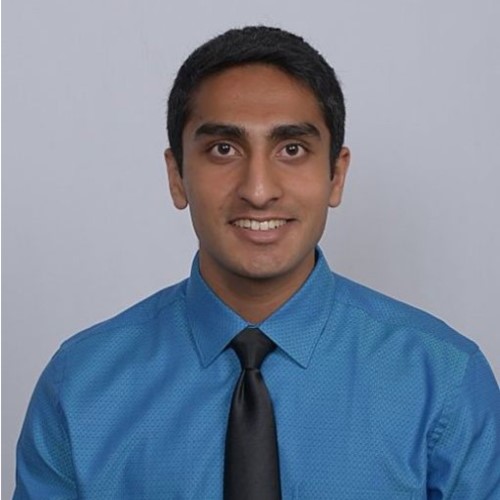 Manu Gopakumar is a Ph.D. student in the Department of Electrical Engineering at Stanford University. His research interests are centered on the co-design of optical systems and computational algorithms. More specifically, his current research focuses on utilizing novel computational algorithms to enable higher quality 3D holography and more compact form-factors for holographic displays. He received his bachelor's and master's degrees from Carnegie Mellon University.
Manu Gopakumar is a Ph.D. student in the Department of Electrical Engineering at Stanford University. His research interests are centered on the co-design of optical systems and computational algorithms. More specifically, his current research focuses on utilizing novel computational algorithms to enable higher quality 3D holography and more compact form-factors for holographic displays. He received his bachelor's and master's degrees from Carnegie Mellon University.
Optimizing SLM Phase for High-Quality 2D and 3D Holographic Displays
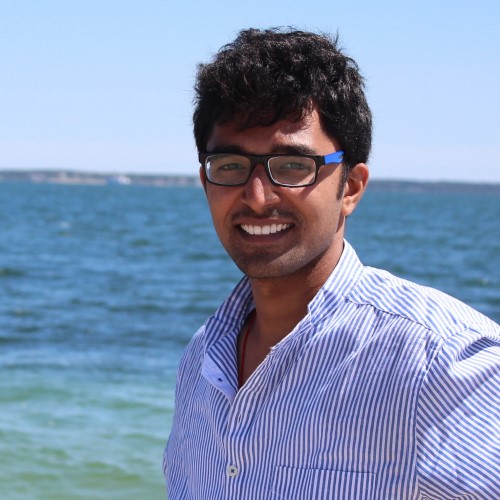 Praneeth Chakravarthula, Ph.D., is a research scholar at Princeton University in the Princeton Computational Imaging Lab. His research interests lie at the intersection of optics, perception, graphics, optimization, and machine learning. Chakravarthula’s research has won several awards including Timothy L. Quigg student inventor of the year 2019, SIGGRAPH best in show award 2018, Best Paper Awards at SIGGRAPH 2022, ISMAR 2018, IEEE VR 2019, OSA Biophotonics 2020, SPIE Photonics West 2018 and 2020. He earned his doctorate from the University of North Carolina at Chapel Hill in next-generation every day-use eyeglass style near-eye displays for virtual and augmented reality.
Praneeth Chakravarthula, Ph.D., is a research scholar at Princeton University in the Princeton Computational Imaging Lab. His research interests lie at the intersection of optics, perception, graphics, optimization, and machine learning. Chakravarthula’s research has won several awards including Timothy L. Quigg student inventor of the year 2019, SIGGRAPH best in show award 2018, Best Paper Awards at SIGGRAPH 2022, ISMAR 2018, IEEE VR 2019, OSA Biophotonics 2020, SPIE Photonics West 2018 and 2020. He earned his doctorate from the University of North Carolina at Chapel Hill in next-generation every day-use eyeglass style near-eye displays for virtual and augmented reality.
Machine Learning Assisted Real-time 3D Holography
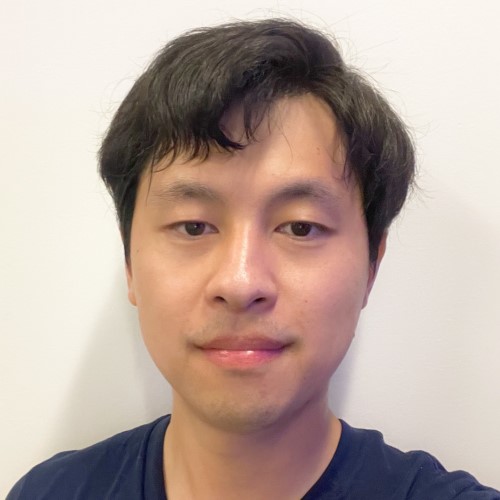 Liang Shi is a Ph.D. student at MIT CSAIL working with Professor Wojciech Matusik. He received his bachelor’s degree from Beihang University and master’s degree from Stanford University. He was a member of Professor Gordon Wetzstein’s computational imaging group and his current research interests include computational display, fabrication, and appearance modeling. He was a research intern at NVIDIA, Adobe, and Meta (Facebook) Reality Lab. He is the recipient of the Meta Fellowship, Sony Focused Research Award, and MIT.nano-NCSoft Inaugural Research Award.
Liang Shi is a Ph.D. student at MIT CSAIL working with Professor Wojciech Matusik. He received his bachelor’s degree from Beihang University and master’s degree from Stanford University. He was a member of Professor Gordon Wetzstein’s computational imaging group and his current research interests include computational display, fabrication, and appearance modeling. He was a research intern at NVIDIA, Adobe, and Meta (Facebook) Reality Lab. He is the recipient of the Meta Fellowship, Sony Focused Research Award, and MIT.nano-NCSoft Inaugural Research Award.
Holoeye Engineer
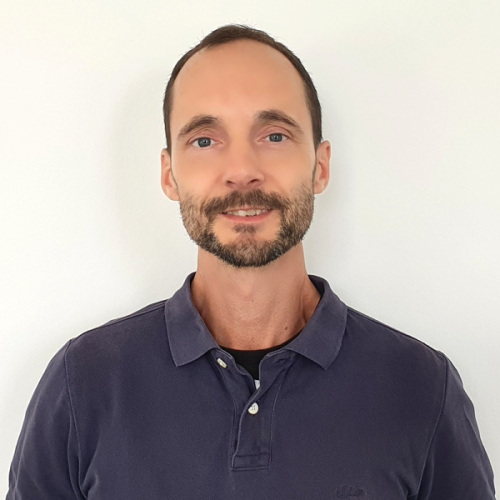 Stefan Osten received his degree in microsystems engineering at the Polytechnic in Bremen, Germany. He then moved to Berlin to work for HOLOEYE as technical sales engineer. Osten brings nearly twenty years of experience using SLM and micro-display technology and leads SLM sales at HOLOEYE. He is an active member of the HOLOEYE SLM research and development team for future products.
Stefan Osten received his degree in microsystems engineering at the Polytechnic in Bremen, Germany. He then moved to Berlin to work for HOLOEYE as technical sales engineer. Osten brings nearly twenty years of experience using SLM and micro-display technology and leads SLM sales at HOLOEYE. He is an active member of the HOLOEYE SLM research and development team for future products.
Moderator
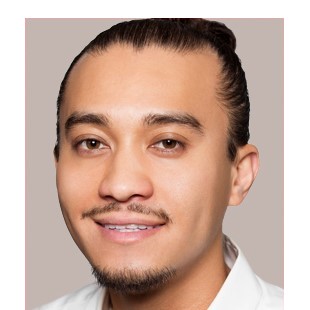 Sean Wilson is a passionate advocate for bringing the best optics and photonics solutions to the engineering community. With over a decade of optics and glass experience across the military, medical, and aviation industries, he leverages his knowledge to guide his customers to the best solutions for their projects. Wilson has successfully led HOLOEYE SLM sales for LASER COMPONENTS for the past three years. He is enthusiastic about the industry and applying SLMs to the latest technologies.
Sean Wilson is a passionate advocate for bringing the best optics and photonics solutions to the engineering community. With over a decade of optics and glass experience across the military, medical, and aviation industries, he leverages his knowledge to guide his customers to the best solutions for their projects. Wilson has successfully led HOLOEYE SLM sales for LASER COMPONENTS for the past three years. He is enthusiastic about the industry and applying SLMs to the latest technologies.
About LASER COMPONENTS:
LASER COMPONENTS, established in 1982, has defined itself as a solution provider in photonics. The owner-managed family business has grown from its humble beginnings to a global company group with more than 280 employees and production facilities in Europe, Canada, and the U.S. All optical and optoelectronic components designed and manufactured by LASER COMPONENTS are developed in close cooperation with customers to match the specifications of their respective applications. Following this philosophy, the company has built an impressively diverse product portfolio and was able to establish itself as the only company to manufacture Silicon Avalanche Photodiodes (APD) detectors in the U.S. In addition to this, the company's in-house production includes laser optics, InGaAs avalanche photodiodes, pulsed laser diodes, lead salt detectors, InGaAs detectors, pyroelectric detectors, laser modules, photon counters, and fiber optic assemblies.